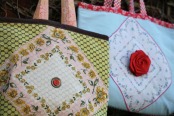The Books & Brunch event was yesterday, and I wanted to share a little bit about it. I’ve been looking forward to this event for the last few weeks. When the Assistance League of Greater Cincinnati contacted me about doing this fundraising event, way back in September, I was so, so pregnant and could only barely imagine not being pregnant. But it sounded like a great organization and a good opportunity, so I happily said yes. 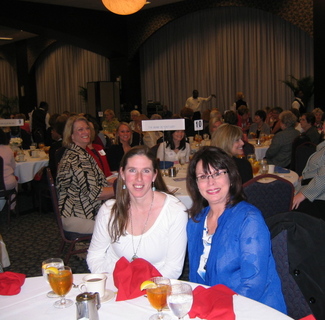 Me with Arlene, my helper for the day. Thanks, Arlene! First off, I was treated like royalty (though I probably didn’t look quite as glamorous as Will & Kate this morning). Everyone involved with this organization is really the tops; it’s a very gracious and giving group of women. I was one of four authors they brought in (they had our books set up for sale, and people got the chance to buy them and have us sign them), and I was in truly great company: Sharon Draper (former teacher, nationally recognized and honored, and all-around-amazing author of 30 books), children’s book author Heather Henson (Kentucky girl and teller of inspiring stories), and novelist Sena Jeter Naslund, whose books look so intriguing that they’ve all been added to my reading list.
We each had the opportunity to give a talk. I used to hate public speaking, but now, I actually like it (provided I’m talking about something I know well). Speaking on a topic you’re passionate about is a great way to connect to people, and I like to connect to people.
But the real challenge with this group was that I knew there was a good chance many of the women didn’t sew. How do you inspire a group of women who may not share the same passion for sewing as you?
So, I decided to talk about, well . . . changing the world. In fact, what was so fascinating is that all four of us talked about changing the world. We each came at it from different angles. It sounds so lofty, I know, but isn’t it what we all want to do? Seriously, whether you approach it from altruism or religion or karma or whatever, we each want to make some part of the world better, don’t we?
Sharon talked about how releasing judgment and helping others to have a voice can change the world.
Sena talked about how imagination and telling the untold and yet-to-be discovered stories has the potential to change the world. Heather talked about how getting books to children and reading to children can shape the rest of their lives, which changes their worlds, and helps them to create a better world.
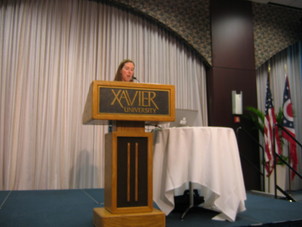 For my part, I talked about how knowing the history of sewing can change the world, and that even if you don’t sew, the stories of women and sewing have the power to transform the way we think and act. I boiled it down to three reasons. (Hey, I’ve spent a lifetime writing women’s service magazine articles: I like, organized take-away messages.)
So, the three ways that knowing the history of sewing can change the world. Are you ready?
1. The history of sewing is the history of the domestic, and the domestic still largely gets ignored in most textbooks and traditional history classes. The domestic isn’t about big world events. It doesn’t get plotted on timelines and quizzed in school. It’s about day-to-day living at home. It’s about conversations and feeding and clothing the babies and rituals and paying bills and eating dinner. It’s all of the goods and meals and emotions produced in the home everyday. The domestic is about how people live. You can’t change anything about the world if you don’t understand how people live.
2. The history of sewing is a study in resourcefulness. It’s about re-using and re-purposing when needed, and then making thoughtful, deliberate decisions about what you need when you are buying new materials. To sew is to be deliberate. In today’s throw-away culture, that’s wisdom we all need in our everyday lives. Deliberate thinking is what will help change our world.
3. The history of sewing is inspirational, from both a creative perspective and an entrepreneurial perspective. It’s inspirational to see how women took the situations they had and made something from them. They bettered themselves by building home-based sewing businesses (such as through the Women’s Domestic Institute, which I’ve written about before). It’s also inspirational to see how generations of women took something that was expected of them—domesticity—and turned it into a creative outlet. Their creative talents affected change—whether it was raising money for various war efforts (Civil War and World Wars), clothing the poor, making their children feel loved and secure by giving them a quilt, or getting extra income for the family so that their kids could go to school, not the factory. Creative talents can always change the world, by changing people’s situation in life or their attitude and outlook on life.
So there you have it, my top three reasons why knowing the history of sewing can actually help us make our world a better place!
Have a great weekend everyone, and to my UK friends (still basking in the glow of the royal wedding), have a lovely holiday on Monday!
So here we are in March! March is a little bit wonderful and a little bit rotten—it teases you with sunshine and then dumps some cold weather on you just for sport. But I’m keeping a good thought for spring!
A few snapshots from my garden:
Tulips soon to make their entrance . . . .
A basket soon to be filled with annuals . . .
Chairs soon to be rocked . . .
A birdbath soon to be splashed in . . .
Despite its fickle weather, March is a great month for celebrations. I mean, it’s National Craft Month and Women’s History Month! Women, history, sewing: Could there be a more perfect combo? Hmm, if only there was a book about this or something, right?
Anyway, I was honored to write a guest blog about the history of women and sewing for the lovely Natalie over at the Craftzine blog. Check it out here, and put in your two cents if you get a chance!
Also, I decided March was the month that my little baby girl should finally have, you know, a jacket (we just relied on blanket-bundling to get through the winter). I found a fleece as a remnant at Jo-Ann’s and it had pink prettiness written all over it. I used Simplicity pattern 5316 , but modified it some. I used an Anna Maria Horner print (one of the prints that came in the fabric stack) to make the pockets and to line the hood (the pattern doesn’t call for lining the hood, but I wanted the fun contrast). It’s an easy pattern to follow, and even if you’ve never done a separating zipper, the directions walk you through it very well (it had been a few years since I did one). It gets mighty bulky at the bottom, but just solider through it and even if it’s slightly crooked, it will still be okay. So, let's all channel spring and the amazing stories of women throughout history. And maybe go make a pretty spring jacket for yourself (or your kid) if you don't have one! It will make you happy, I promise.
|


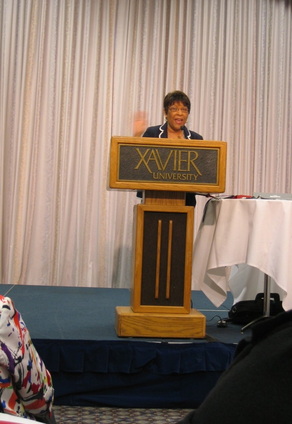
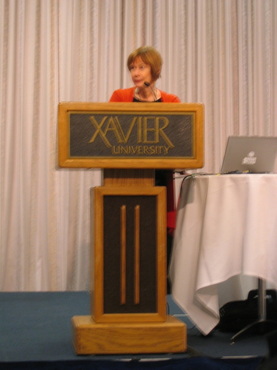
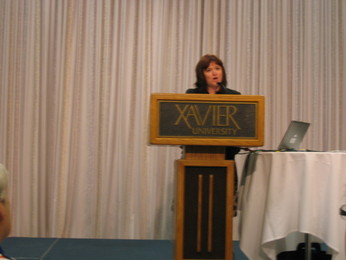
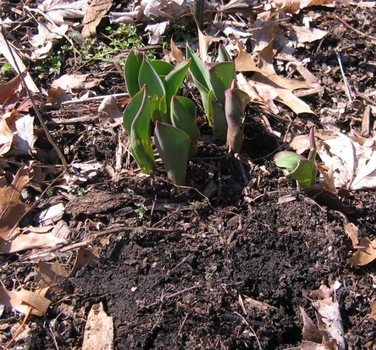
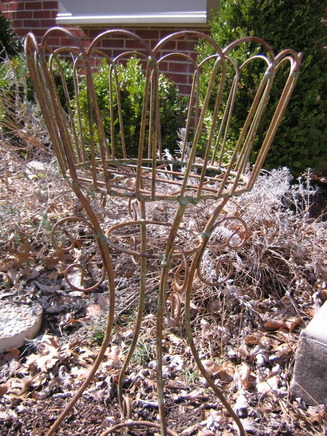
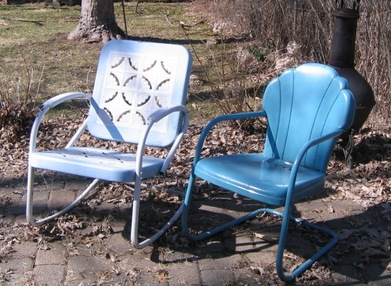
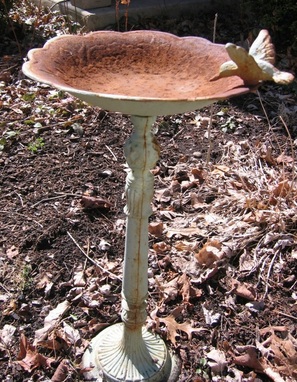
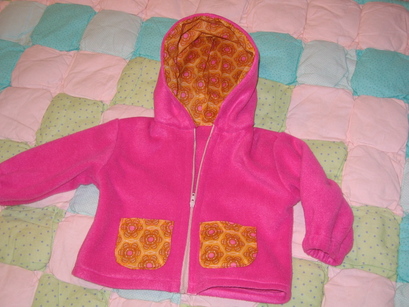
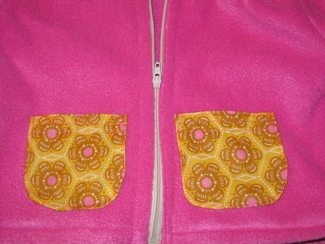
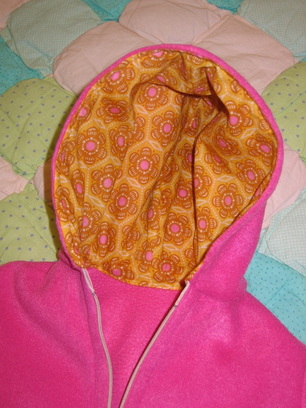
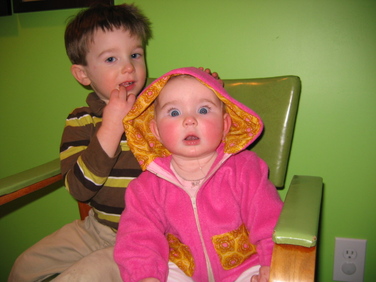
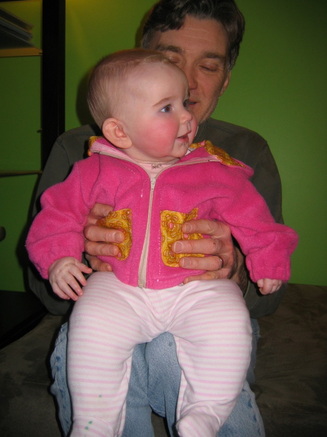
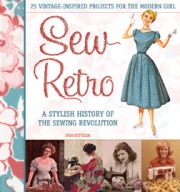

 RSS Feed
RSS Feed